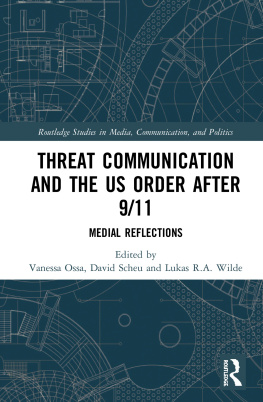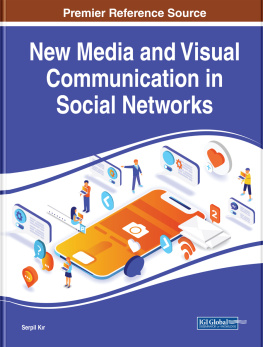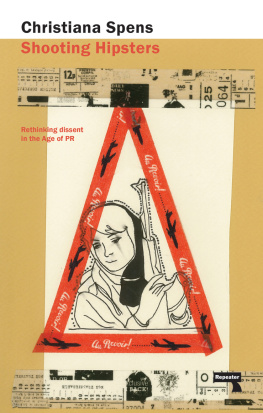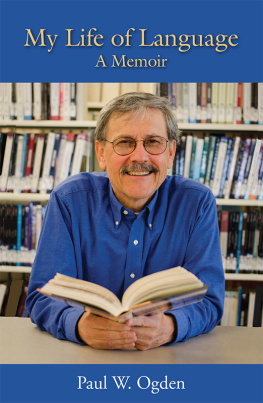Robert E. - Language, Symbols, and the Media: Communication in the Aftermath of the World Trade Center Attack
Here you can read online Robert E. - Language, Symbols, and the Media: Communication in the Aftermath of the World Trade Center Attack full text of the book (entire story) in english for free. Download pdf and epub, get meaning, cover and reviews about this ebook. year: 2017, publisher: Routledge, genre: Politics. Description of the work, (preface) as well as reviews are available. Best literature library LitArk.com created for fans of good reading and offers a wide selection of genres:
Romance novel
Science fiction
Adventure
Detective
Science
History
Home and family
Prose
Art
Politics
Computer
Non-fiction
Religion
Business
Children
Humor
Choose a favorite category and find really read worthwhile books. Enjoy immersion in the world of imagination, feel the emotions of the characters or learn something new for yourself, make an fascinating discovery.

Language, Symbols, and the Media: Communication in the Aftermath of the World Trade Center Attack: summary, description and annotation
We offer to read an annotation, description, summary or preface (depends on what the author of the book "Language, Symbols, and the Media: Communication in the Aftermath of the World Trade Center Attack" wrote himself). If you haven't found the necessary information about the book — write in the comments, we will try to find it.
The terrorist attacks of September 11, 2001 created a new political landscape and a new era of warfare. Language, Symbols, and the Media, now in paperback, offers insights into the impact and influence of 9/11 upon our cultural, social, and political life. The book opens with an introductory chapter on communications, media language, and visual symbolism in the immediate wake of the attacks. The second chapter considers the challenge to religious pluralism, analyzing the grounds for the immediate backlash against Islam. Chapter 3 reviews several crucial historical and contemporary Supreme Court rulings relevant to the limitations of free speech in times of war and national crises. The consideration of First Amendment rights is continued in chapter 4, which places the Patriot Act in historical context by comparing the legislation and its interpretation of it to other legislation passed in response to past American crises. The immediate aftermath of the attacks witnessed many calls for an end to the age of irony and a return to traditional values. Chapter 5 considers some contrarian responses and analyzes the impact of irony as a rhetorical device in American culture. The unifying role of sport in the post-9/11 healing process in America is examined in chapter 6. Chapter 7 examines the reactions and responses of young adults to the events of 9/11 one year later. Chapter 8 demonstrates how politicians received a public makeover of their careers. Chapter 9 explores the impact of 9/11 on the rhetoric of advertising, while chapter 10 focuses more closely on how it affected the tourism industry. A concluding chapter examines several instances of media self-censorship and its implications for the policymaking process during times of crisis. This volume will be of interest to cultural studies specialists, sociologists, journalists, political scientists, historians, as well as general readers.
Robert E.: author's other books
Who wrote Language, Symbols, and the Media: Communication in the Aftermath of the World Trade Center Attack? Find out the surname, the name of the author of the book and a list of all author's works by series.








